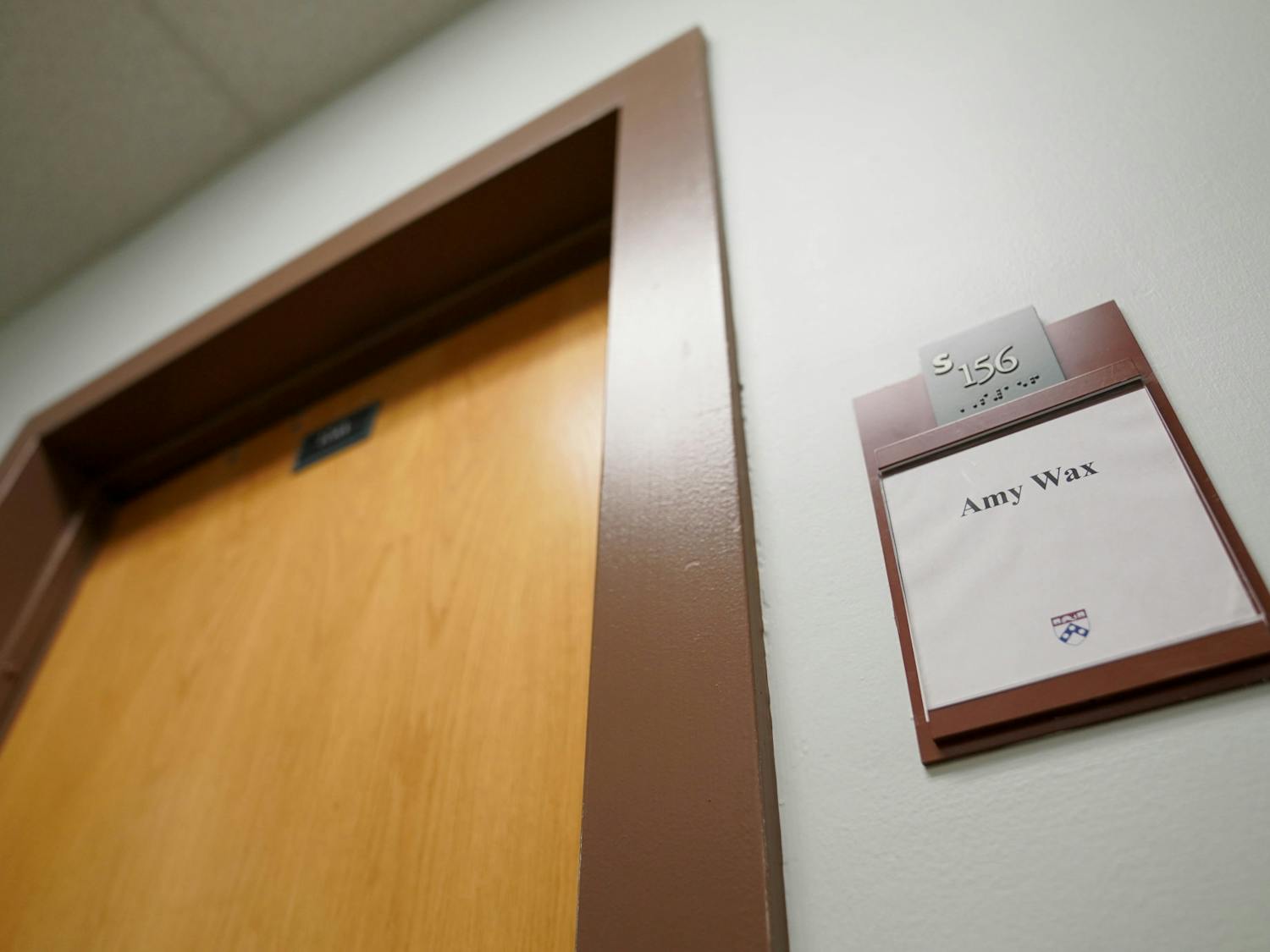One year later, a look at Thomas Seamon's plan. In the 12 months since Public Safety Managing Director Thomas Seamon released his master plan for campus security, the department has accomplished or begun work on many of the 40-page document's proposals for improving policing and security as well as town-gown relations. But the high-minded plan is also notable for what it does not contain among its proposals, including many of Public Safety's most highly touted improvements -- increasing the total number of University Police officers and the number of security guards west of 40th Street, opening a temporary Public Safety mini station on 40th Street and the creation of a 40th Street action team. It is no coincidence that the University has focused much of its safety efforts on 40th Street -- the road more or less constituting a campus border where College senior Patrick Leroy was shot September 25 after a wave of robberies in that area. And although officials have maintained that the shooting merely expedited the hiring of new patrol officers which had been in the works for some time -- the other major security initiatives not mentioned in Seamon's plan are clearly attributable to the fall-semester crime wave and Halloween night murder of University biochemist Vladimir Sled near 43rd Street and Larchwood Avenue. While praising the strategic plan and some of its specific goals, critics have chided Seamon for leaving out timetables or details on many of the initiatives -- hinting that the lack of particulars might produce a corresponding lack of enthusiasm in the department's pursuit of the goals. But in a recent interview, Seamon defended his decision to leave such specifics out of the plan. "One of the reasons specifically that I did not put dates in the strategic plan is because when we put it together we didn't know how long many of these things would take," he said. Seamon's plan is the third such proposal released in as many years, including a 1994 plan released by then-Police Commissioner John Kuprevich, whom Seamon replaced in 1995. Seamon's no-frills document divides the department's numerous goals into four areas -- police, security, government and community operations. But despite the quantity of impromptu initiatives, many of the plan's approximately 27 separate objectives have already been accomplished or are works in progress: · Seamon announced a $3 million contract last October with the Sensormatic Electronics Corporation to provide a state-of-the-art campus security system. · The University purchased properties on the 4000 block of Chestnut Street that will house the entire Division of Public Safety starting next year. · In addition to the 40th Street improvements, plans are in the works for a University City Special Services district similar to one in Center City. · The University contracted with SpectaGuard to consolidate security guard operations on campus. · The University Police command structure was overhauled in January 1996. · University Police doubled their investigative staff by hiring four former Philadelphia Police detectives. · Many officers have been certified to use new semiautomatic handguns. But the department has run into some delays and difficulties with other parts of the strategic plan, sometimes due to unforeseeable circumstances. For instance, Seamon explained that city red tape, factory shortages and community opposition have delayed the installment of 66 new emergency blue-light telephones. "I'm impatient," he said. "[The phones] should have been up by now." Anesthesiology Professor Sean Kennedy, chairperson of University Council's Safety and Security Committee, said although he had not looked at the plan "in quite a while," it "addressed what I think needed to be addressed" and did not contain "any glaring omissions." Not everyone, however, has been satisfied with the plan. PennWatch President Jon Brightbill criticized the plan's complete omission of any specific dates by which initiatives would have to be accomplished. "My major problem with the plan was and always has been? that there's no time schedule," said the Wharton senior, who also serves on the Council committee. "There's no real commitment and pressure to get it done in a timely manner." But he added that "I'm generally pleased with the security on campus and the direction the department is going." A 24-year University veteran, Mechanical Engineering and Applied Mechanics Professor Noam Lior --who is also on the committee -- described Seamon's strategic plan as "really a well-managed program." But he lamented its lack of timetables, saying he does not know "how quickly this is going to happen." Lior stressed that the plan does not sufficiently address what he feels is the most important issue facing the University -- the state of the surrounding community. Seamon's plan aims to improve partnerships with West Philadelphia neighborhood organizations, but does not outline proposals for economic assistance for the depressed area. "They're talking about community relations and involving the community more," Lior said, but added that these efforts largely consist of "all kinds of little meetings where a few people show up." And he said the University is fighting a "losing battle" with the Philadelphia Police Department, explaining that as the University expands and improves its police force, the city cops "move away." A Philadelphia Police Department spokesperson, however, recently told The Daily Pennsylvanian that the department has no plans to reduce the number of its officers patrolling University City. Perhaps recognizing the city's alleged shortcomings in police protection, Seamon's plan states the department's intent to "position the University Police with the authority and the ability to provide total police services, regardless of the constantly changing priorities and level of resources of the Philadelphia Police." Others around the University were quick to praise Seamon's plan. University Police Cpl. Hugh McBreen -- president of the Fraternal Order of Police Lodge 113, which represents all University Police officers -- applauded the department's progress on implementing the plan. "To the best of my knowledge, it's running smoothly," he said. "I see more things happening [than under Kuprevich]." College sophomore Courtney Fine, chairperson of the Undergraduate Assembly's Safety Committee, said she believes the Division of Public Safety "really considered the students' concerns and the concerns of faculty members as well" in devising the master plan. Seamon -- a former deputy Philadelphia Police commissioner who was appointed to head Public Safety in 1995 --Esaid he is "very encouraged" by the progress made on the plan but emphasized that it is impossible to keep crime to a steady level and placed the burden for preventing such crime squarely on University Police. "Crime is really a pendulum that swings back and forth," Seamon said. "We'll have slack periods and we'll have periods where crime will go up again, and then during those periods it is up to us to be as effective as we can to make arrests and take the perpetrators off the streets." Noting that the strategic plan is "open-ended," Seamon has had to reconsider one of the plan's proposals which called for the formation of a University-wide police advisory council. "There is already a very consultive process on campus that I think I wasn't fully aware of when I first put this strategic plan together," Seamon said, adding that "no one in the University, be it a student, staff [member], faculty [member] or neighbor is hesitant about telling me exactly what they feel about a particular subject."
The Daily Pennsylvanian is an independent, student-run newspaper. Please consider making a donation to support the coverage that shapes the University. Your generosity ensures a future of strong journalism at Penn.
Donate







